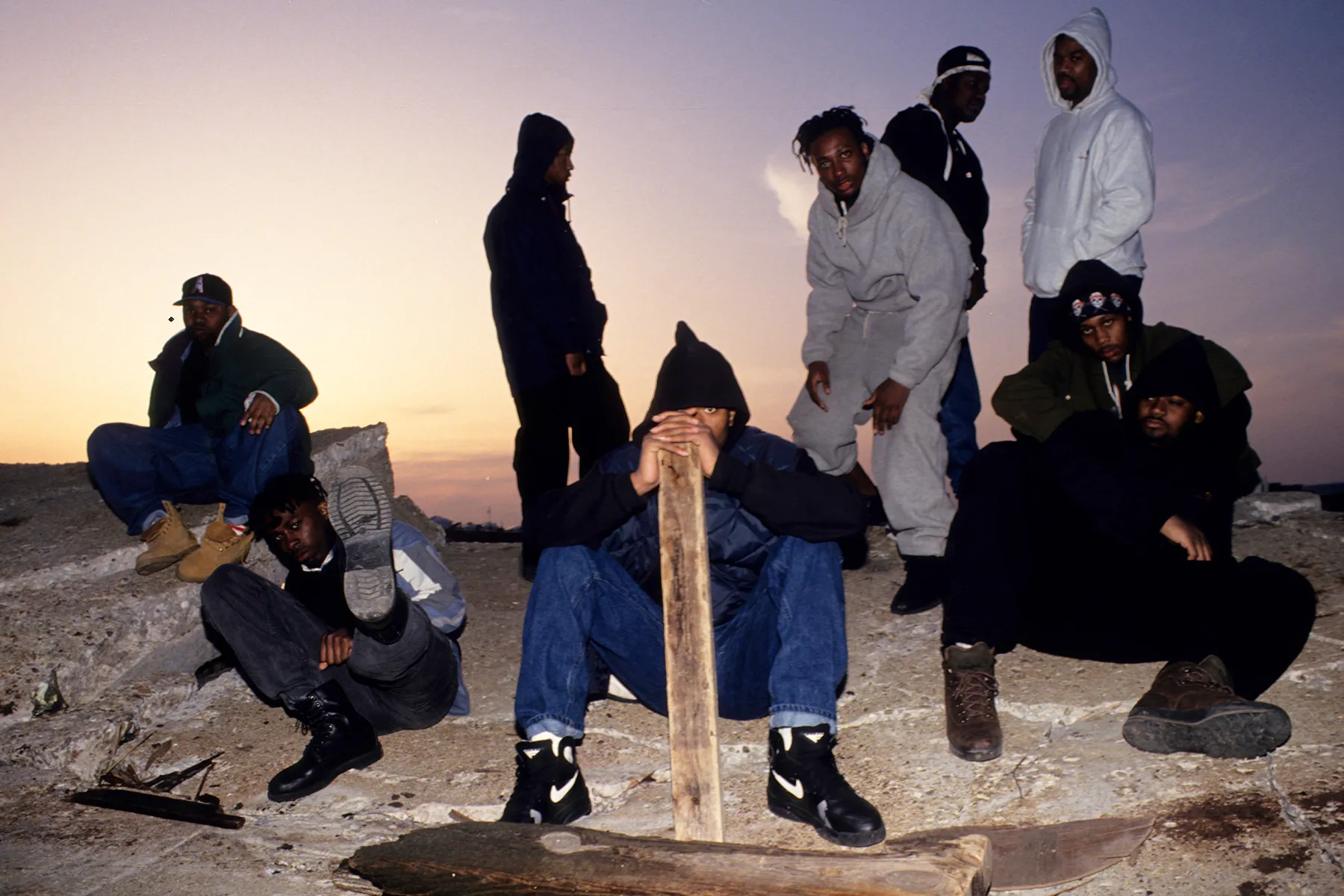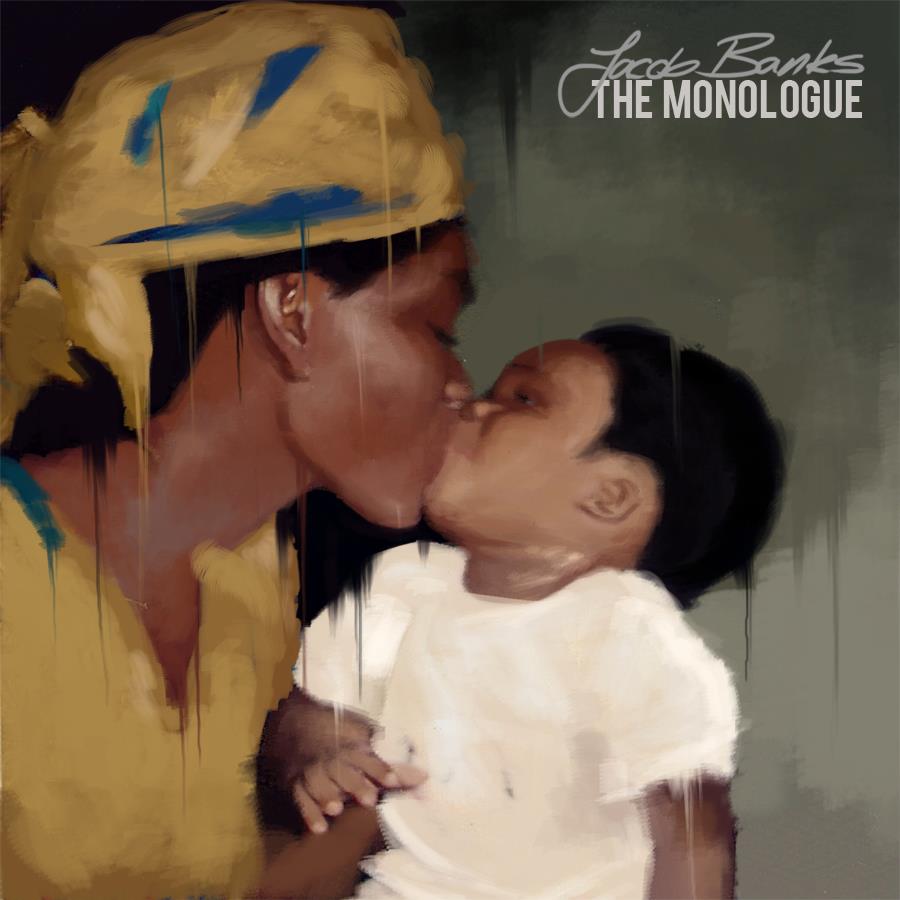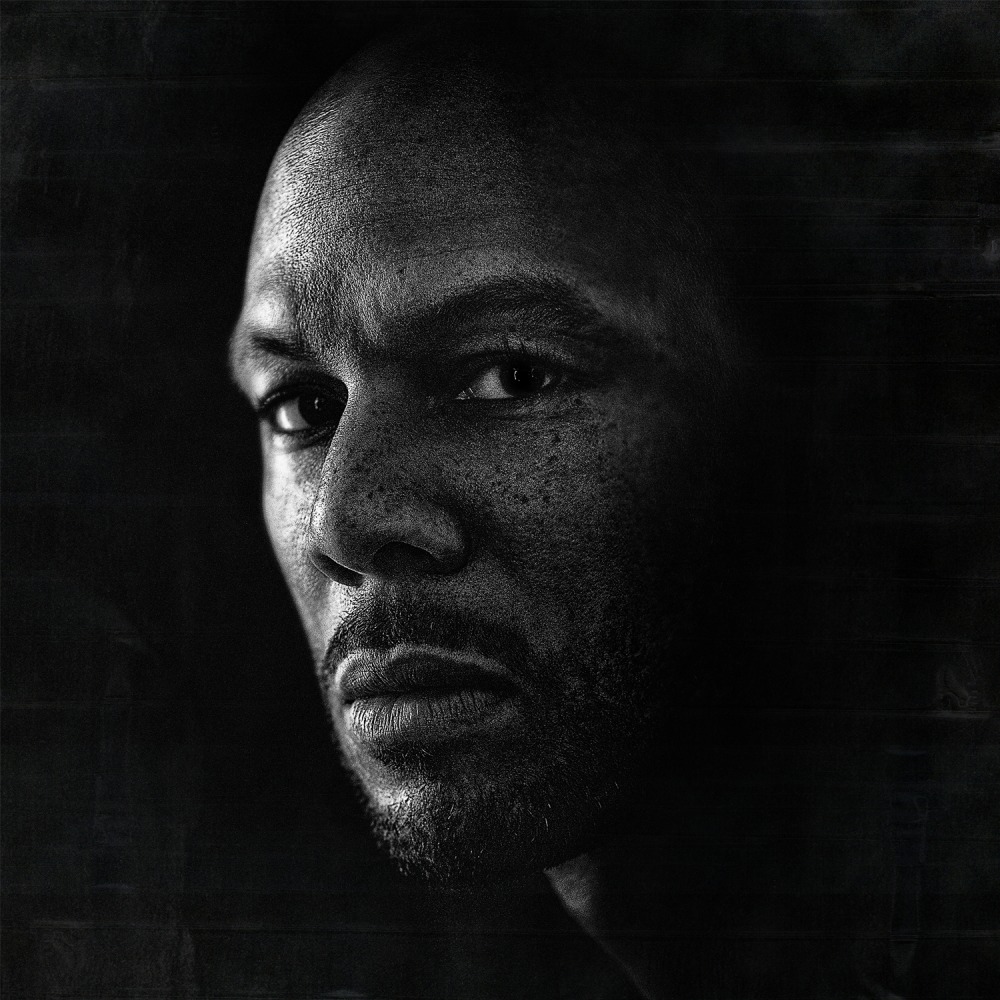In November 1993, a seismic shift occurred in the landscape of hip-hop when nine emcees from Staten Island came together to drop a bombshell of an album, Enter The Wu-Tang (36 Chambers).
This masterpiece carved out new territory with its raw power, unpolished grit, and uncompromising authenticity. As we mark the 30th anniversary of this groundbreaking work, it’s not just a celebration of an album but a tribute to a cultural phenomenon that has transcended music.
Wu-Tang Clan wasn’t just a group; they were a force, a collective mindset that redefined the rules of hip-hop. Their debut served as a manifesto for a new era of sound and a new business model that would open doors for artist-owned ventures and eclectic solo careers tethered to a central brand.
This editorial will delve into the inception of Wu-Tang Clan’s journey, the creation and release of Enter The Wu-Tang (36 Chambers), and its titanic impact on the music industry. We’ll dissect the essence of its most iconic tracks, explore its raw and revolutionary production, and reflect on the Clan’s broader contributions and ongoing influence in music.
The Genesis of Wu-Tang Clan
The Wu-Tang Clan’s inception story is as legendary as the group itself. It began with two cousins, Robert Diggs and Gary Grice, and their friend Russell Jones. Known to the world as RZA, GZA, and Ol’ Dirty Bastard, respectively, they envisioned a group that would operate like a martial arts clan, agile and formidable.
Wu-Tang Clan’s name, inspired by the 1983 martial arts film Shaolin and Wu Tang, encapsulated their approach to music: a blend of Eastern philosophies, gritty urban storytelling, and versatile lyrical flows that struck with the precision of kung fu masters.
The Clan’s philosophy was rooted in a mixture of Five Percent Nation teachings, chess strategy, and the street-smart hustle of New York City life. Each member brought a distinct personality and rap style, creating a tapestry of voices that resonated with authenticity and diversity. RZA’s vision was for each member to bring their strength to the group, only to use the group as a platform to launch their individual careers—a strategy that was unheard of at the time.
The collective consisted of RZA, GZA, Ol’ Dirty Bastard, Method Man, Raekwon the Chef, Ghostface Killah, Inspectah Deck, U-God, and Masta Killa. Each had their own path to the Clan, with some already showcasing their talents in the underground circuit, while others were raw, undiscovered talents. Their backgrounds were as diverse as their skills, with experiences ranging from serious legal troubles to the search for spiritual and artistic enlightenment.
The formation of the group in the gritty backdrop of the early ’90s New York presented a stark contrast to the polished scenes of Los Angeles and the emerging ‘G-Funk’ sound. Wu-Tang’s philosophy and their music’s unrefined edge reflected the environment from which it originated, giving a voice to the struggle, aspirations, and raw talent of urban life.
In creating the Wu-Tang Clan, RZA not only aimed to establish a new sound but also to set a precedent for artist control over their music. The name ‘Wu-Tang’ was a perfect metaphor for their approach: a fluid, adaptable, and powerful collective that could strike from any angle. It was about music, sure, but it was also about a lifestyle and a mindset that would go on to leave an indelible mark on the culture at large.
Over the next sections, we’ll see how Enter The Wu-Tang (36 Chambers) became the cornerstone of the Clan’s legacy and how the raw, uncut sound of nine unique voices came together to echo across the world, transforming the industry and influencing a new generation of artists.
Crafting the Wu-Tang Sound: The Making of Enter The Wu-Tang (36 Chambers)
The production of Enter The Wu-Tang (36 Chambers) was a groundbreaking moment in hip-hop, predominantly attributed to RZA’s innovative vision and production style. At a time when polished, sample-heavy tracks dominated the genre, RZA introduced a minimalistic sound that was raw and stripped down to its core elements. This distinct sound was crafted using inexpensive equipment, creating a gritty backdrop that contrasted with the clean production that was prevalent at the time.
RZA’s technique was also revolutionary in how he re-purposed classic soul samples and snippets from martial arts movies to create a cinematic and evocative experience. His use of samples was meticulous; they were often obscure and deeply layered, requiring listeners to peel back sounds and discover the depth within. This approach not only set a new standard for hip-hop production but also gave 36 Chambers its soul-stirring resonance.
The recording sessions for the album took place at Firehouse Studio in New York, where the group reportedly had to deal with limited resources and time constraints. With so many dynamic personalities in one room, creative tensions and synergies were inevitable. The members would often compete for spots on tracks, delivering their verses in a survival-of-the-fittest setting that RZA orchestrated to elicit the best performances.
Anecdotes from these sessions paint a picture of a group that was as much a brotherhood as a competitive arena. RZA, as the primary producer, guided the sessions with a firm yet open hand, encouraging each member to express their individuality. There were stories of last-minute verses being written on the spot, of power outages leading to impromptu freestyle sessions, and of the group pooling money to afford studio time.
Enter The Wu-Tang (36 Chambers) is an album where each track contributes to the Clan’s lore, but a few stand out for their lasting impact and emblematic representation of the group’s ethos.
Often hailed as one of the greatest hip-hop tracks of all time, “C.R.E.A.M. (Cash Rules Everything Around Me)” features a haunting piano sample overlaid with sharp beats. The acronym itself became a rallying cry for the harsh reality of economic struggles in America’s inner cities. Raekwon and Inspectah Deck’s verses, interspersed with Method Man’s hook, offer a poignant narrative on the pursuit of money and its implications in their community.
The Clan’s debut single “Protect Ya Neck” served as an introduction to their world. It’s a relentless barrage of verses from eight of the nine members, each showcasing their unique style and lyricism. The track’s rawness, lack of a chorus, and the trading of verses signified a departure from conventional song structures and emphasized lyrical skill over hooks.
“Wu-Tang Clan Ain’t Nuthing ta F’ Wit” was an anthem that demonstrates the Clan’s self-assured and combative style. It’s a declaration of their dominance in the rap game, with RZA and Inspectah Deck delivering aggressive verses that play off the martial arts samples and call-and-response choruses that punctuate the track.
Other tracks like “Method Man” with its playful, back-and-forth banter, and “Da Mystery of Chessboxin'” which introduces U-God and Masta Killa in their recording debut, each contribute to the album’s overall narrative and thematic diversity. The album’s lyrical content spans from gritty, street-level storytelling to philosophical musings, reflecting the complex personalities within the group.
These tracks, among others, form a sonic tapestry that is both diverse and cohesive, capturing the many faces of the Wu-Tang Clan. The album’s enduring appeal lies in its ability to balance these multiple narratives, giving listeners a full spectrum of the human experience as seen through the eyes of its members.
In the next sections, we’ll continue to explore the album’s ripple effects on the music industry and its members’ subsequent solo endeavors, which further solidified Wu-Tang Clan’s status as hip-hop icons.
The Business of Music: Distribution and Marketing Strategies
When Enter The Wu-Tang (36 Chambers) was ready for release, the business strategy behind it was as innovative and groundbreaking as the music. The Wu-Tang Clan and their label, Loud Records, devised a release plan that would allow the group to maintain a unique degree of control over their music and careers.
The Clan’s contract was revolutionary for its clause allowing individual members to sign solo deals with other labels, which was unprecedented in the industry. This strategic move not only allowed the group’s overall brand to flourish across different markets but also enabled members to build their personal brands without restrictions.
Marketing the Wu-Tang brand was a masterclass in grassroots promotion. The group capitalized on the cultural movement they were creating, with their logo becoming an iconic symbol across urban America. The Wu-Tang “W” was more than a logo; it was a stamp of authenticity and a banner under which the hip-hop community could rally. Merchandise such as clothing and accessories became walking billboards for the brand.
Touring played a crucial role in the marketing strategy. The group’s dynamic and energy-packed live performances solidified their growing reputation and created a buzz that could not be ignored. Word-of-mouth was also a significant driver of the album’s early success. Wu-Tang’s reputation grew organically as stories of their compelling performances and distinctive sound spread rapidly among hip-hop aficionados.
Cultural Impact and Industry Reaction
Upon its release, Enter The Wu-Tang (36 Chambers) was met with critical acclaim. Music critics praised the album for its rawness and authenticity, noting its departure from the more polished sounds of West Coast rap that were dominating the charts at the time. The album’s impact was immediate and profound, with its gritty beats and street-smart lyricism resonating with fans who were seeking something real and relatable.
The influence of Enter The Wu-Tang (36 Chambers) on subsequent generations of artists and the music industry as a whole is immeasurable. It changed the game, proving that an uncompromising approach to hip-hop could achieve critical and commercial success. The album’s success opened the door for East Coast hip-hop to re-emerge as a dominant force in the mid to late ’90s, paving the way for other New York artists to rise to prominence.
Wu-Tang Clan’s influence extended beyond their sound. Their business model, which allowed for individual creative freedom within a group contract, became a template for future collectives and bands. The ability of their members to release solo albums and still maintain allegiance to the Clan showed an innovative approach to artist branding and cross-promotion.
Their collective and individual success also had a significant impact on the broader music industry. They were among the first to show how a hip-hop group could create and control an entire ecosystem around their music, which included not only the release of albums but also the creation of a lifestyle brand that encompassed clothing, movies, and video games.
The Clan’s impact can be seen in the way artists approach their careers today, with many emulating the Wu model of maintaining strong group ties while pursuing individual projects. Their entrepreneurial spirit inspired artists to think beyond the traditional music revenue streams and consider the full spectrum of opportunities available to them.
Enter The Wu-Tang (36 Chambers) didn’t just give rise to an empire; it inspired a generation to redefine the boundaries of what hip-hop could be, both as an art form and as a business. The subsequent sections will delve into the depth of the album’s lyrics, the Clan’s contributions to the music and cultural landscape, and how they have maintained their relevance in the decades following their explosive debut.
Lyrics and Legacy: The Content That Shook the Genre
The lyrics of Enter The Wu-Tang (36 Chambers) resonated deeply with the cultural zeitgeist of the early ’90s and left a lasting legacy on the genre. The Clan’s rhymes tackled the harsh realities of life in the inner city, touching on topics from economic hardship to violence and substance abuse. This was a marked departure from the bravado and party-centric themes prevalent in much of the early ’90s hip-hop, shifting the dialogue to include the stark conditions of urban living.
A significant aspect of the album’s lyrical depth comes from its references to the teachings of the Five Percent Nation, an offshoot of the Nation of Islam. The Five Percent doctrine, with its focus on enlightenment and social consciousness, heavily influenced the Clan’s content. The group used the platform to impart lessons on self-identity, empowerment, and community awareness, which were woven into their rhymes through clever wordplay and metaphors.
The storytelling prowess of the group’s members brought these themes to life, using vivid narratives and character-driven sagas that spoke of personal struggles and triumphs. Songs like “C.R.E.A.M.” became anthems of aspiration amid adversity, while “Can It Be All So Simple” reflected on the complexities of change and growth. This rich tapestry of stories elevated hip-hop to a new level of artistic expression, showcasing the genre’s potential for narrative depth and social commentary.
Wu-Tang Clan’s Place in 1993’s Musical Landscape
In 1993, the hip-hop scene was dominated by the G-Funk sound of the West Coast, characterized by its laid-back grooves and party themes. East Coast hip-hop was in a state of transition, with artists searching for a sound that could define the New York experience. Enter The Wu-Tang (36 Chambers) arrived at this pivotal moment, offering a gritty contrast to the polished hooks and melodic samples that had become the West Coast’s hallmark.
The album was a call to arms for East Coast rap, bringing the focus back to the raw elements of the street. Its influence helped to re-energize New York hip-hop and set a new standard for the sound of the East Coast. The success of Enter The Wu-Tang (36 Chambers) spurred a resurgence of New York’s hip-hop scene, with artists like Nas, The Notorious B.I.G., and Jay-Z coming to prominence in its wake.
1993 was not only pivotal because of Enter The Wu-Tang (36 Chambers) but also for the groundwork it laid for the members’ future endeavors. Several members, like Method Man, began working on the solo projects that would later become classics in their own right.
RZA’s vision for the group as a constellation of stars in their own right began to materialize as each member brought a different flavor and style to the forefront, promising a variety of future sounds and successes that would stem from the foundation laid by Enter The Wu-Tang (36 Chambers).
The year also saw the members contributing to soundtracks and other collaborative projects, showcasing their versatility and laying the groundwork for the cross-media empire Wu-Tang would become. Their solo and collaborative works in the year of their debut album’s release would later be recognized as an integral part of the Clan’s collective expansion and individual member’s growth.
In subsequent sections, we will explore the solo and side projects that expanded the Wu-Tang brand and how the Clan navigated their collective identity alongside solo ambitions, maintaining a delicate balance between unity and individuality.
Solo and Side Projects: The Extensions of the Wu-Tang Brand
The individual members of the Wu-Tang Clan took the momentum generated by Enter The Wu-Tang (36 Chambers) and used it to launch successful solo careers, a strategy that was part of RZA’s original vision for the group. This blueprint for success was designed to allow each member to shine on their own merits while keeping the collective strong.
The solo projects allowed members to explore personal themes and showcase their unique styles. Method Man was the first to step out with his solo album Tical in 1994, which was followed by Ol’ Dirty Bastard’s Return to the 36 Chambers: The Dirty Version, Raekwon’s Only Built 4 Cuban Linx…, and GZA’s Liquid Swords. These albums are considered classics and expanded the reach and mythology of the Wu-Tang Clan, each reinforcing the Clan’s brand while establishing the individual legacies of its members.
Maintaining cohesion within the group while supporting these aspirations was a complex balancing act. The members of Wu-Tang Clan managed to navigate this by frequently featuring on each other’s solo projects, thus keeping the Wu-Tang essence alive in their individual work. This strategy helped to solidify the idea that no matter the solo success, they still represented and were part of the Clan.
Behind the Scenes of Enter The Wu-Tang (36 Chambers)
Insights into the Wu-Tang Clan often come from the stories that happened off the record, in the studio, and on the streets. Interviews with the surviving members reveal the drive, camaraderie, and occasional conflict that fueled the group’s creative process.
For instance, RZA has shared in interviews how the group would compete for verses, with the best ones making the cut. This competitive atmosphere brought out the best in each member and ensured that only the strongest content made it onto the album.
Collaborators and producers have also shed light on the Wu-Tang recording sessions. They recount the challenges of wrangling such a large and diverse group into a cohesive recording schedule and the magic that happened when everything clicked. Anecdotes include tales of all-night sessions, spur-of-the-moment verses that became iconic, and the collective process of decision-making that defined the group’s dynamics.
Personal stories from the album’s creation reveal the sense of urgency and innovation that the members brought to the studio. Stories about the financial struggles they faced while recording their debut album, the shared sense of purpose, and the sacrifices made to achieve their collective vision provide a window into the environment that birthed Enter The Wu-Tang (36 Chambers).
The release of Enter The Wu-Tang (36 Chambers) was a watershed moment for the members and hip-hop at large. As they celebrate the 30th anniversary of this seminal album, the Wu-Tang Clan’s narrative is not just about music but about overcoming adversity, brotherhood, and the relentless pursuit of artistic expression.
The legacy of their debut album is enshrined in these behind-the-scenes tales as much as in the music itself, providing an enduring source of inspiration and a blueprint for creative collaboration in the music industry.
Wu-Tang’s Ongoing Influence: From the 90s to the Streaming Era
Over the past thirty years, the Wu-Tang Clan has remained a towering figure in hip-hop, with their influence only broadening as their music reached new audiences. The group’s ability to evolve with the times while staying true to their core aesthetic is a testament to their visionary approach to music and branding.
In the digital age, Wu-Tang’s music has found a new life on streaming platforms, reaching fans across the world who may have been too young to experience the frenzy of their initial rise to fame.
The adaptability of Wu-Tang’s music in the era of digital consumption has been remarkable. Streaming services have allowed the group’s catalog to achieve immortality of sorts, with tracks from Enter The Wu-Tang (36 Chambers) being rediscovered and revered by a generation that streams music as their primary means of consumption.
The Clan has also embraced the digital era by engaging with fans through social media and digital marketing campaigns, ensuring their presence remains strong in the virtual realm.
The digital expansion of Wu-Tang’s influence can also be seen in their entrepreneurial ventures, such as the Wu-Tang Clan’s own cryptocurrency and various members’ forays into film, literature, and lecturing. These ventures have not only diversified the group’s portfolio but have also kept them at the forefront of cultural discussions, further cementing their legacy.
Fanfare and Fandom: How Fans Celebrate Enter The Wu-Tang (36 Chambers)
The fanfare surrounding Enter The Wu-Tang (36 Chambers) is as diverse as the group’s fan base itself. Over the years, fans have celebrated the album in various ways, from hip-hop parties dedicated to the Clan’s music to fan art and online forums dissecting the lyrics and production of their songs.
The “W” hand sign, derived from the group’s logo, has become an iconic gesture in hip-hop culture, symbolizing more than just an affinity for the group’s music—it represents an entire ethos.
Notable covers and samples of the album’s tracks by other artists span genres and generations, showcasing the album’s universal appeal. “C.R.E.A.M.” alone has been sampled and covered by countless artists, underlining its status as a timeless piece of hip-hop’s history. The album’s influence has permeated various aspects of popular culture, from music to fashion, and continues to be referenced in television, film, and even video games.
Tributes to the album come in many forms, including documentary films and biopics that explore the group’s history and impact. On anniversaries of the album’s release, special edition re-releases, remastered tracks, and bonus content offer fans new insights into the classic record.
Music festivals and concerts often feature homage performances to the Clan, with “Wu-Tang Clan Ain’t Nuthing ta F’ Wit” and “Protect Ya Neck” being fan-favorite live anthems. The group has also seen homage paid in academia, with lectures and courses analyzing their impact on music, culture, and even politics.
The ongoing celebration of Enter The Wu-Tang (36 Chambers) by fans around the world underscores the album’s monumental status and the undying relevance of its message. As the Wu-Tang Clan continues to inspire and engage with their audience, the legacy of their debut album is ensured to live on, embraced by a fandom that spans beyond the borders of nation and genre.
The Clan’s Future: Wu-Tang Clan in the Modern Era
The Wu-Tang Clan’s journey into the future continues with undiminished vigor, as the members embark on various projects and ventures. Their work spans music, film, fashion, literature, and technology, showcasing the diverse talents and interests of the group’s members. The Clan has remained active in the studio, both as a collective and in their individual careers, continuing to release albums and singles that contribute to the evolving story of hip-hop.
Beyond music, RZA has carved out a successful career as a film director and composer, while Method Man has become a prolific actor. GZA has engaged in lecturing on science and philosophy, bringing a unique blend of hip-hop and intellectualism to universities across the country. Other members have launched clothing lines, written books, and engaged in community activism, demonstrating the multifaceted nature of the Wu-Tang brand.
As elder statesmen of hip-hop, the Wu-Tang Clan members use their platform to mentor younger artists and speak on social issues, resonating with a new generation of fans and musicians. Their legacy is celebrated in hip-hop scholarship, with their strategies and history being studied for their cultural and business impact.
The Clan’s ability to adapt to the times while maintaining their authentic sound and message ensures their continued relevance in a rapidly changing industry.
Enter The Wu-Tang (36 Chambers) 30 Years On
Three decades after its release, Enter The Wu-Tang (36 Chambers) remains a cornerstone of hip-hop culture. Its raw sound, uncompromising honesty, and innovative business strategy have not only influenced music but also shaped the broader contours of popular culture. The album’s success story is one of ingenuity and grit, emblematic of the Clan’s New York City roots and their commitment to pushing boundaries.
The enduring relevance of Enter The Wu-Tang (36 Chambers) is evident in its persistent sales, the continual discovery by new fans, and the respect it commands among peers. As the album turns thirty, it serves as a time capsule of a transformative period in music while also remaining a touchstone for current discussions around artistry and authenticity in hip-hop.
Reflecting on the future, the Wu-Tang Clan’s legacy appears destined for continued expansion and exploration. With new projects on the horizon, the members of the Clan are set to carry the torch of their shared history forward, influencing music and culture in yet unforeseen ways.
The next 30 years may see the Wu-Tang Clan further cementing their place as icons, as their music continues to inspire and their business model is adopted by new artists. The saga of the Wu-Tang Clan is far from over; it is an ongoing narrative of evolution, reinvention, and sustained relevance in the world of music and beyond.
Listen to Wu-Tang Clan’s Enter The Wu-Tang (36 Chambers) album below and keep tabs on the Wu here.
Photo Credit: Bog Berg (Getty Images); Al Pereira / Michael Ochs (Archives/Getty Images)









